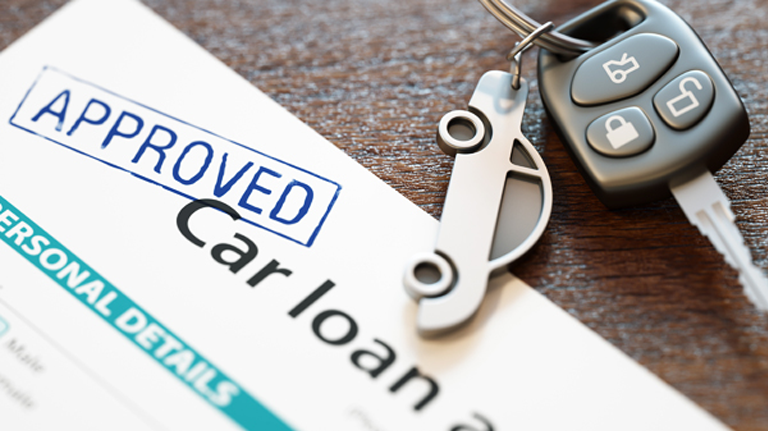
South Africans are getting caught out by balloon payments on their cars
Share
Factoring a balloon payment into the finance agreement of your next car purchase may come with some appealing benefits, but make sure these benefits are understood clearly and used wisely, says vehicle financing company Wesbank.
A balloon payment allows a buyer to take an amount owing on the purchase price of a car and set it aside, meaning the monthly instalment amounts are calculated on a lower value – in turn making repayments more affordable.
You’re essentially paying off a loan for most of the car, but not all of it. The amount set aside at the onset remains the buyer’s responsibility and will need to be settled in the long run, said Kutlwano Mogatusi, WesBank communication specialist.
“Being responsible with your money and keeping within your budget are key to managing a balloon payment option, if you are considering it. It should not be used as an end to a means to buy a car that you can’t afford to maintain.
“Balloon payment deals require discipline. If a buyer is not financially savvy enough to manage cash flow and continue to save during the finance term, then a balloon deal is probably not the best option for that person.”
Buying a car
WesBank said vehicle owners considering a balloon payment deal should familiarise themselves with the term ‘breakeven point’ – the point at which the financed car’s trade-in value matches the amount still owed to the bank.
“When calculating the breakeven point, it’s important to include the amount outstanding in the balloon debt at the end of the loan period,” the group said.
“It is also important not to view a balloon payment as an alternative to an upfront deposit. A healthy deposit on a new or used car will always reap returns further down the financial road.
“Not only will it bring your breakeven point forward, but it will also lower the monthly repayment costs and the deferred debt held in the balloon. You also won’t be liable for additional debt at the end of the finance period.”
As an example, if a vehicle purchase price is R300,000 and a buyer defers 10% of this into a balloon payment, the monthly repayment amount will be calculatedon a price of R270,000.
The deferred balloon sum of R30,000 will need to be settled at the end of the contract term.
This example illustrates how a balloon payment deal is similar to putting down a 10% deposit on the vehicle, Wesbank said.
However, the difference is that the buyer needs to save the R30,000 while paying off the loan to reimburse the bank at the end of the finance term.
“While the benefits that come with keeping monthly costs down may be extremely appetising, it is important not to view a balloon deal as a means to purchase a car you simply cannot afford,” said Mogatusi.
“A looming lump sum payment, after years of driving a vehicle, is easy to ignore and forget. But settling that debt ultimately remains the responsibility of the buyer. That said, a balloon payment has some advantages if used wisely.” “It is intended to assist with cash flow management, but it requires discipline to save. Customers should be honest with themselves with regards to their personal financial management when deciding on whether a balloon payment is suited to them or not.”
